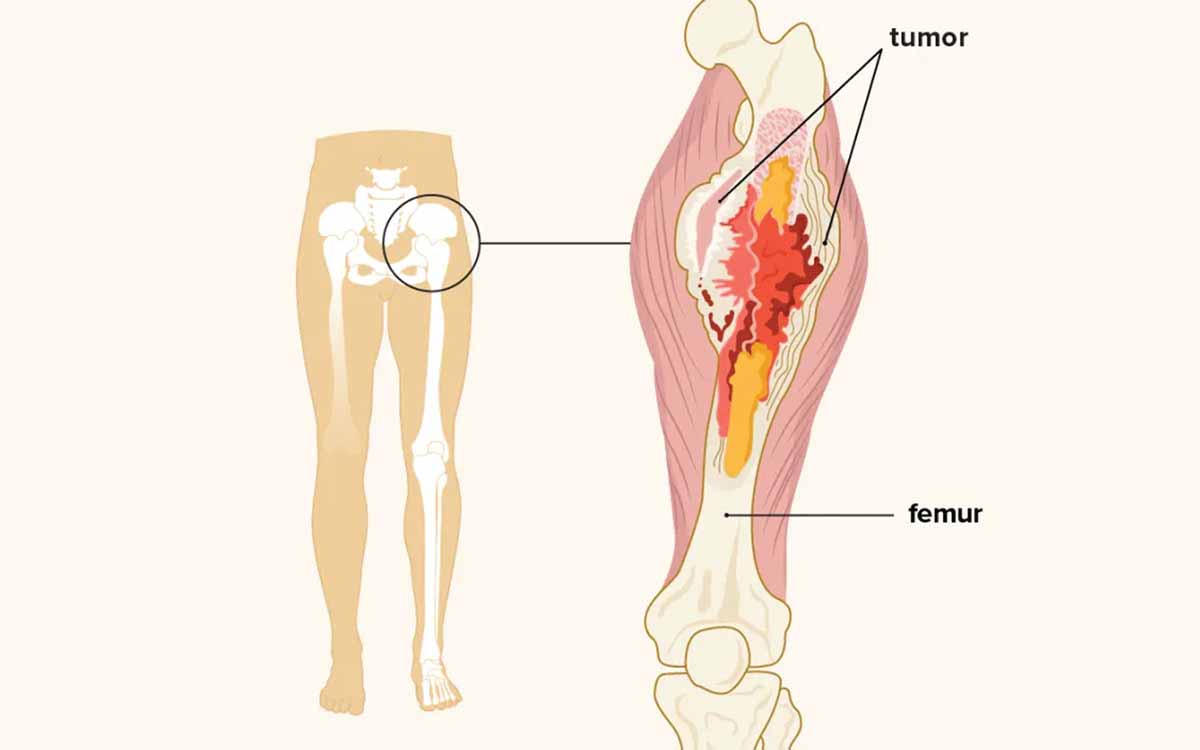What Happens During Joint Replacement Surgery?

What Happens During Joint Replacement Surgery?
Hip and knee replacements are two of the most popular orthopedic surgery procedures. Both treatments are quite effective at relieving pain, correcting deformity, and improving patient mobility, allowing patients to reclaim their quality of life and resume their favorite hobbies.
The damaged ball of the hip ball and socket joint is removed and replaced with a metal or ceramic ball attached to a stem that fits into the femur during hip replacement.
Typically, the prosthesis is covered with a specific substance that allows the bone to grow into it over time. However, in other cases, the prosthetic is bonded into the bone. The ball and socket joint's socket is also replaced by a metal cup that is inserted into the socket.
During total knee replacement surgery, a thin layer of bone is taken from the end of the femur, the top of the tibia, and the underside of the kneecap along the joint's surface. The surfaces of the bone are then sculpted and sized with tools to ensure a proper fit for each specific knee implant.
To promote stability and proper motion of the knee joint, the major ligaments and tendons of the knee are normally kept in place. Knee replacements, like hip replacements, can be glued in place or wrapped in a specific substance that allows the bone to grow into it.
Total joint replacement surgery normally takes 1-2 hours and is done in a hospital environment with a one- to two-day stay. The surgery is often carried out under spinal anesthesia with a nerve block. This eliminates the need for general anesthetic and intubation during surgery, as well as many of the negative side effects of general anesthesia, such as nausea. This enables more effective pain management and faster recovery.












